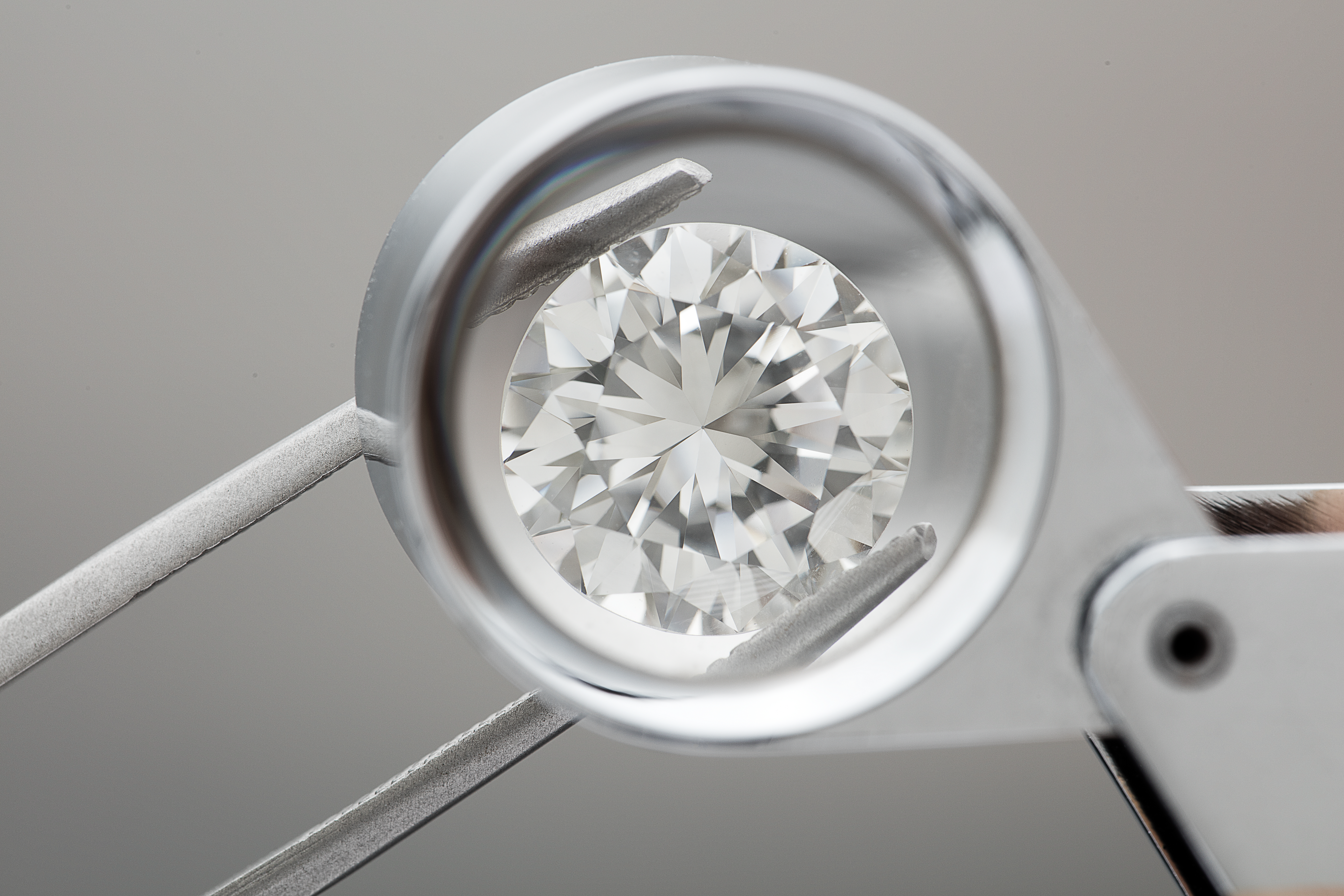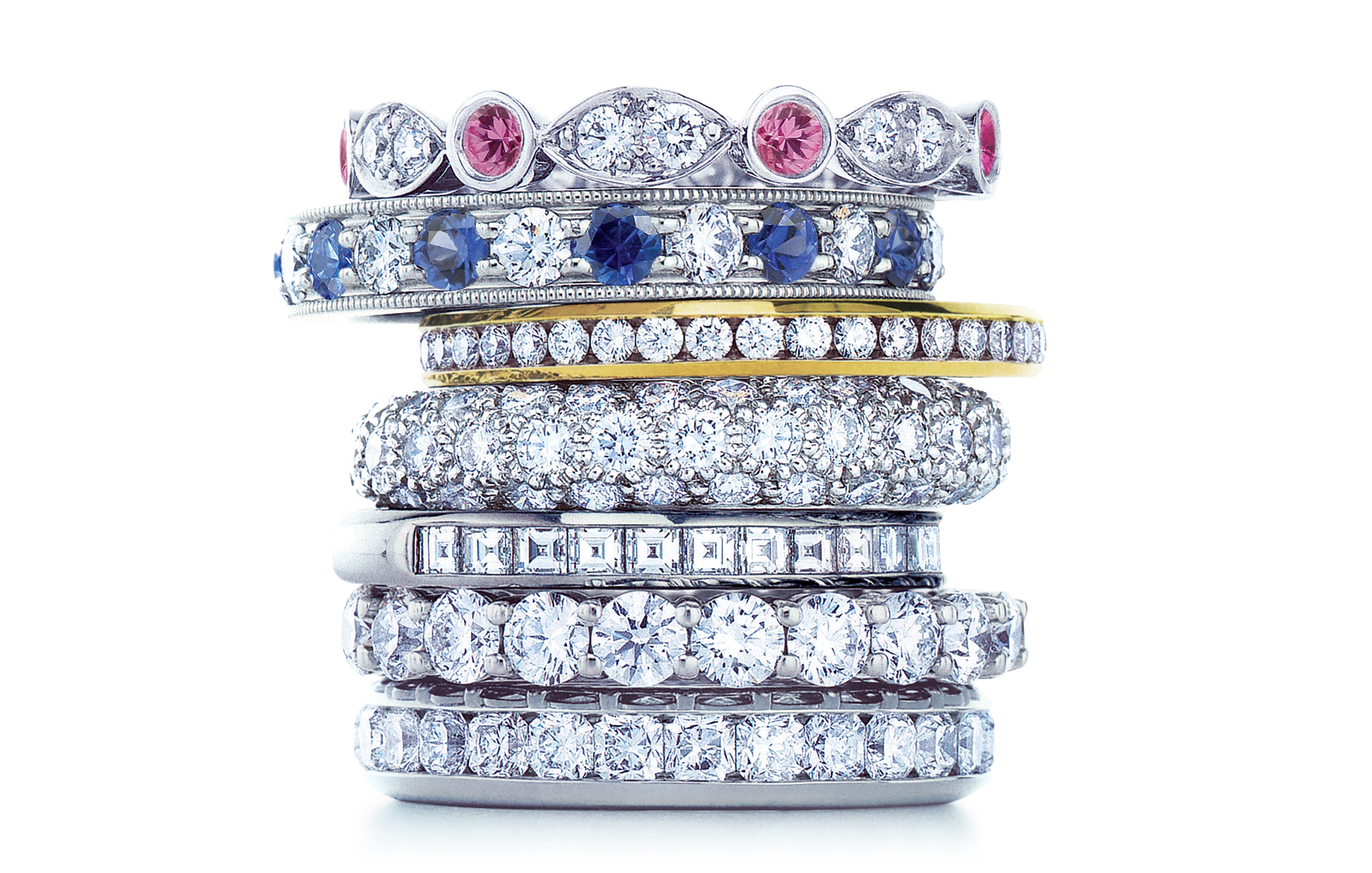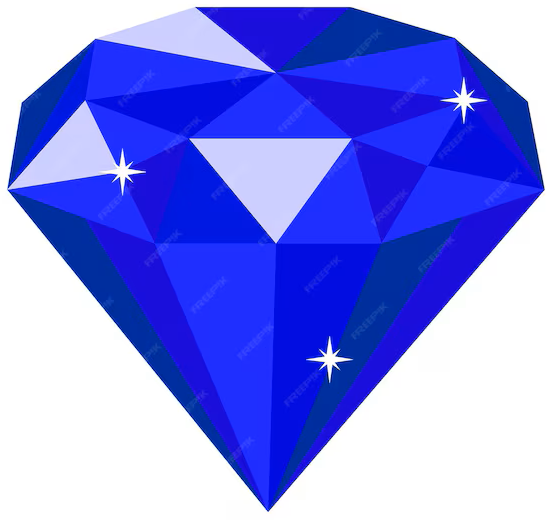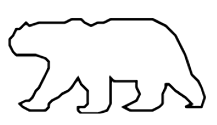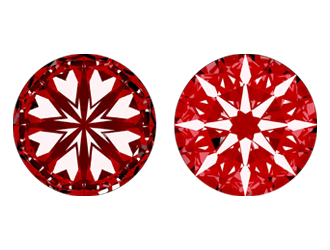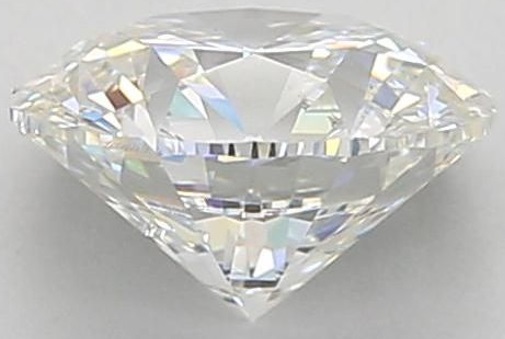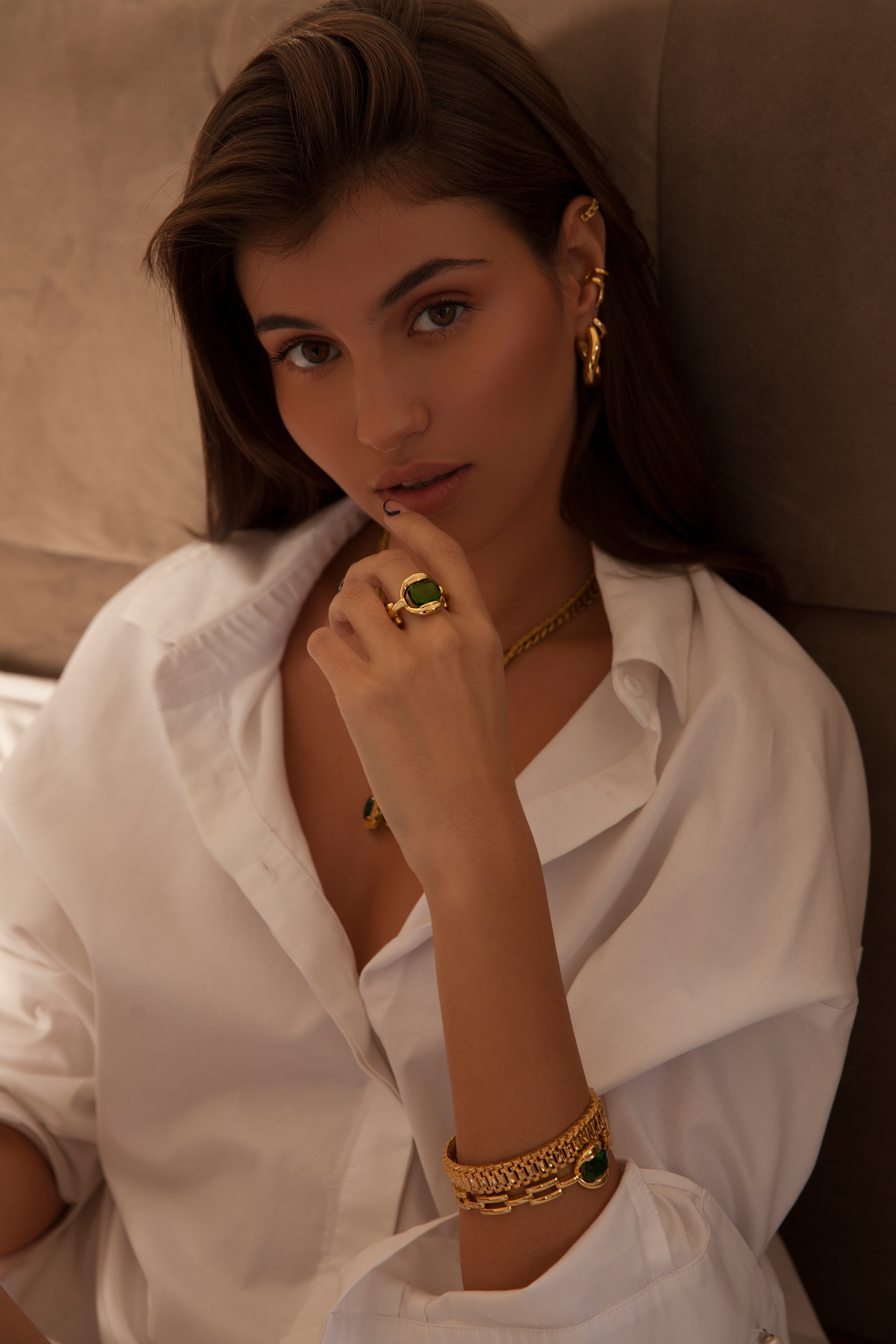
Lifetime Warranty

Hassle Free Returns

Free Resizing

Conflict Free Diamonds
Top Questions and Answers Color Diamonds
Diamond intensity refers back to the measurement of ways deep the pavilion (bottom element) of a diamond is when it comes to its usual diameter. it is a crucial factor in figuring out a diamond's brilliance and sparkle. The intensity percent is calculated via dividing the intensity size by the diameter and multiplying with the aid of one hundred. an excellent intensity percent for a round top notch-cut diamond is normally between 59% and 62.5%. A properly-proportioned depth contributes to the diamond's usual visual attraction and light performance. Too shallow or too deep depths may affect the diamond's brilliance and splendor.
Diamond depth is measured by calculating the distance from the table (pinnacle flat surface) to the culet (backside point) and expressing it as a percent of the diamond's ordinary diameter. The depth percent is determined by using dividing the intensity dimension by way of the diameter and multiplying by means of one hundred.
Diamond depth is important in a diamond's reduce because it directly impacts its brilliance and sparkle. An surest depth permits light to mirror and refract within the diamond, enhancing its typical beauty.
The appropriate depth percentage for a round fantastic cut diamond is typically among 59% and 63%. This variety enables maximize brilliance and hearth by using allowing light to mirror and refract optimally within the diamond.
Yes, one of a kind diamond cuts have varying intensity measurements. The depth of a diamond is a vital aspect in its typical appearance and brilliance. as an example, round tremendous cuts often have intensity probabilities ranging from 58% to 63%, whilst princess cuts may additionally have deeper proportions.
Diamond depth can effect brilliance. ideal depth permits mild to mirror and refract successfully, enhancing sparkle. Shallow diamonds may leak mild, appearing stupid, while deep ones can trap mild, reducing brilliance. most suitable intensity contributes to a diamond's ordinary fire and brightness.
The connection between diamond intensity and table size is vital in figuring out a diamond's look and brilliance. A properly-proportioned diamond has an ideal stability between intensity and desk length, optimizing mild mirrored image and refraction.
The perceived visible length of a diamond is inspired by its depth, that is the space from the desk (pinnacle) to the culet (backside). A diamond with greater depth may also seem smaller than its carat weight shows, as greater of its weight is focused in the intensity in place of the diameter.
Shallow diamond depths discuss with a smaller distance from the desk to the culet, inflicting light to escape too quick, resulting in much less brilliance. Deep diamond depths indicate a more distance, trapping extra light within the diamond, doubtlessly main to darkish areas and reduced brilliance. finding a balanced depth is important for foremost mild reflection and sparkle in a diamond.
Diamond depth is a vital element in a diamond's common proportions, representing the gap between the table (top) and the culet (backside). It impacts the diamond's brilliance and visible attraction. perfect intensity chances vary by means of diamond form, however generally, a balanced depth complements mild mirrored image.
Fancy-fashioned diamonds, including emerald, pear, or marquise, require careful interest to intensity. in contrast to spherical diamonds, they don't adhere to traditional intensity percentages. most desirable depth varies primarily based at the precise form, with shallower depths often enhancing brilliance in some cuts and deeper depths affecting the stone's universal appearance.
The pavilion in a diamond refers to the bottom portion below the girdle. It plays a critical function in determining the diamond's intensity, affecting its brilliance and basic appearance. a super pavilion depth balances light reflection and refraction, contributing to a diamond's sparkle.
Diamond depth at once impacts mild overall performance and sparkle. a perfect depth permits light to mirror internally and create brilliance. Shallow diamonds may also leak mild, resulting in a lack of sparkle, whilst deep diamonds can trap light, main to a dark look.
The best diamond intensity is normally considered to be between 58% and 64% of the overall intensity of the stone. This range is essential for maximizing brilliance and hearth in a diamond. enterprise pointers endorse warding off depths out of doors this variety to make certain most appropriate mild reflection and dispersion.
There aren't any strict guidelines for engagement ring depth, however, a not unusual recommendation is a depth percent of 58–63%. This guarantees the diamond displays mildly nicely.
A diamond's intensity can impact its sturdiness. If a diamond is cut too deep or too shallow, it is able to affect its structural integrity and increase the chance of harm. a great depth guarantees right light reflection and complements sturdiness.
Diamond intensity, or the intensity percent, is a essential thing in determining a diamond's price. a great intensity percentage falls within a specific range, as it impacts the diamond's brilliance and sparkle. Shallow or deep depths can bring about light leakage or obstruction, diminishing the gem's normal splendor.
In the diamond enterprise, there are requirements for diamond intensity, generally expressed as a percent of the diamond's diameter. the best depth percentage is frequently considered to be between 59% and 63%, as it affects the diamond's brilliance and fireplace.
The intensity of a diamond can effect the visibility of inclusions. Shallow-reduce diamonds may make inclusions extra sizeable because of mild leakage, at the same time as deep-cut diamonds can cover inclusions however may seem darker.

















